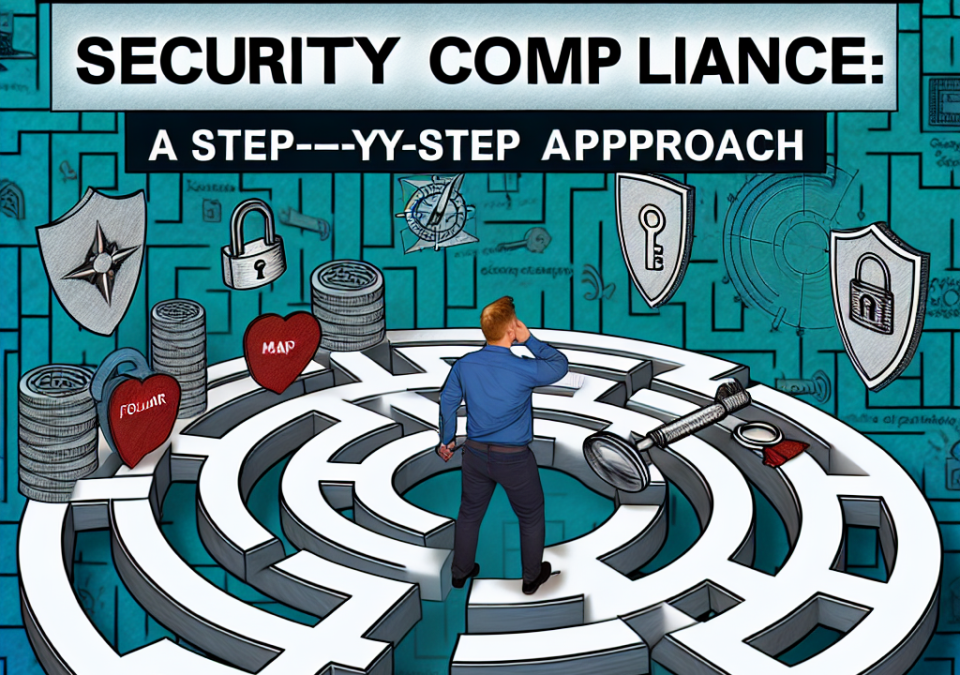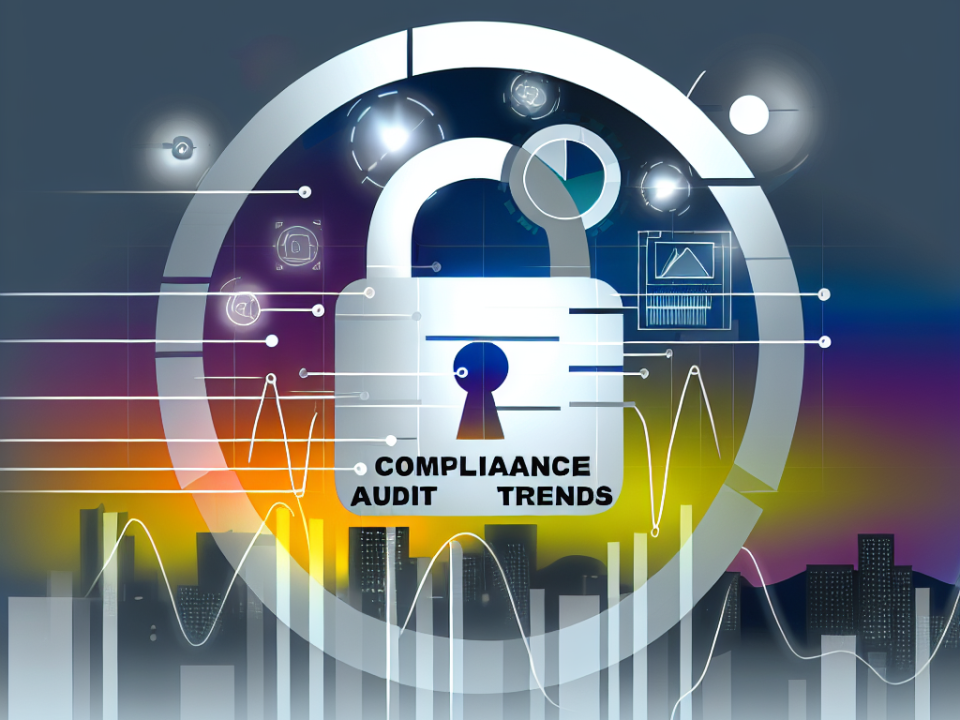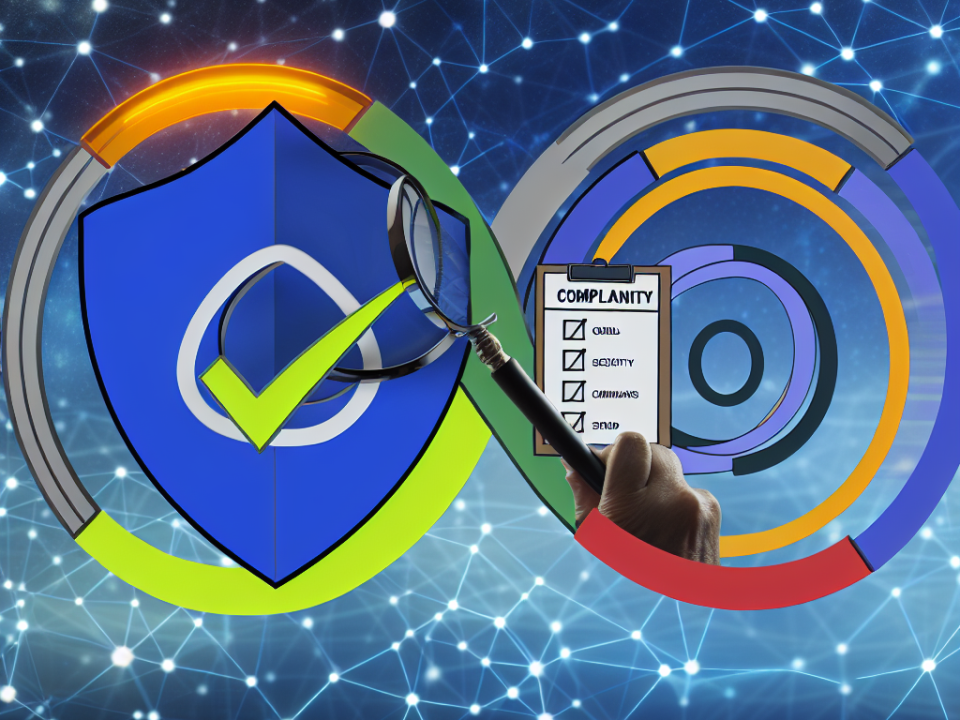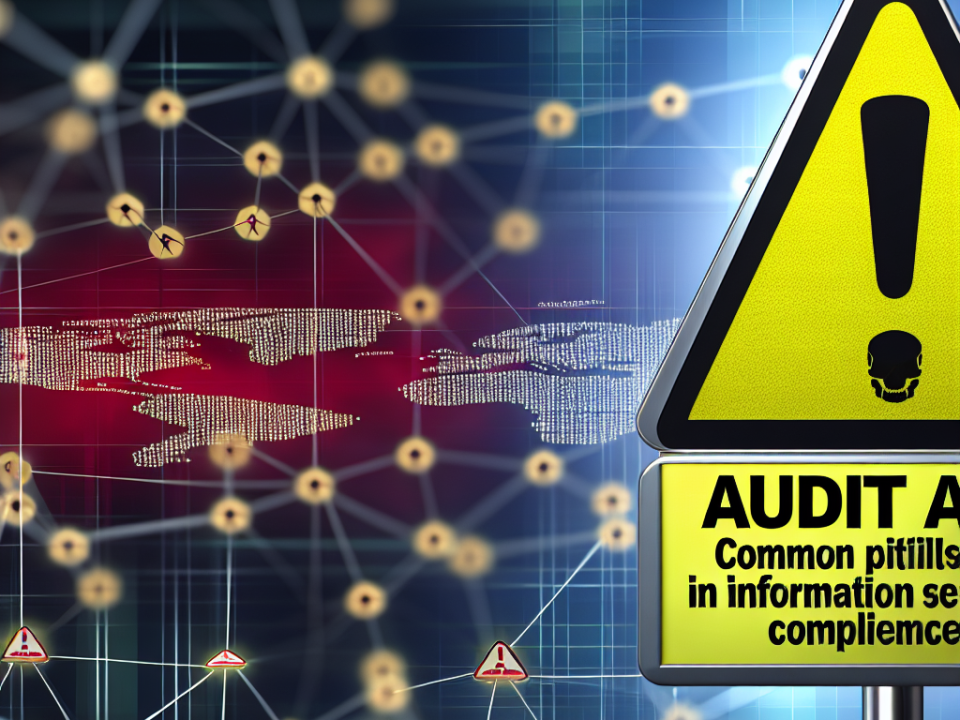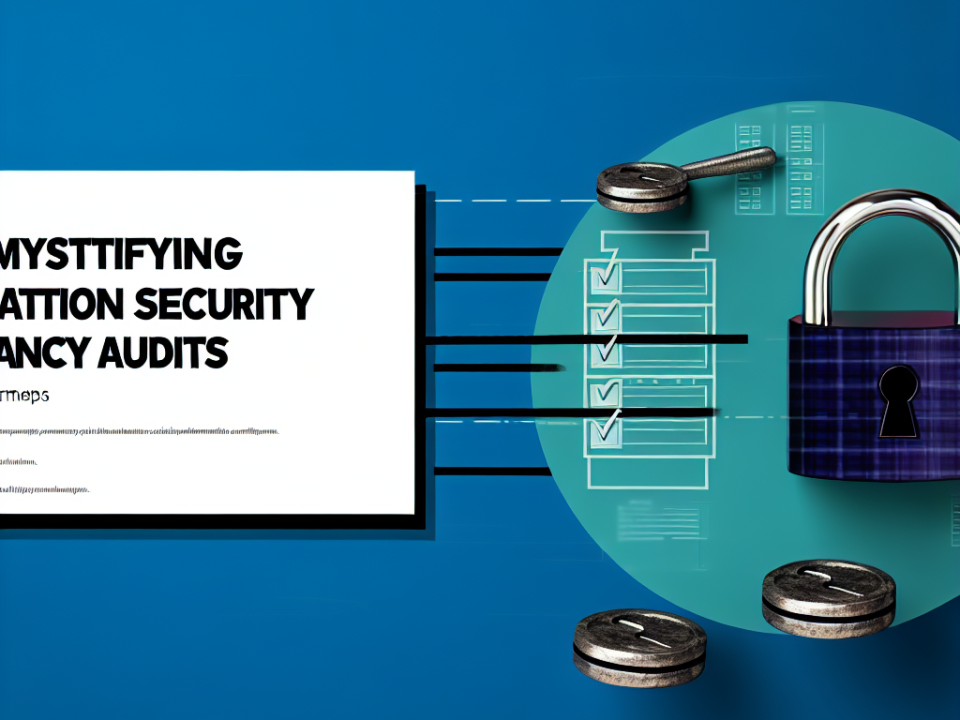
Your Roadmap to Cybersecurity: How to Build an Effective Compliance Checklist
July 16, 2025
Top 10 Items on Your Cybersecurity Compliance Checklist You Can’t Afford to Ignore
July 17, 2025
In today’s digital landscape, organizations are increasingly vulnerable to security breaches and data hacks. As a result, security compliance has become a critical aspect of business operations across industries. Compliance not only protects sensitive data but also fosters trust with customers and partners. However, navigating the complexities of security compliance can be daunting. This article aims to break down the intricacies of compliance and provide a step-by-step approach to achieving a robust security posture.
Understanding Security Compliance
What is Security Compliance?
Security compliance refers to the adherence to laws, regulations, standards, and guidelines that govern how organizations should protect their data and information systems. Depending on the industry and geography, compliance can involve numerous frameworks such as:
- GDPR (General Data Protection Regulation)
- HIPAA (Health Insurance Portability and Accountability Act)
- PCI DSS (Payment Card Industry Data Security Standard)
- ISO/IEC 27001 (International Standard for Information Security Management)
Each of these frameworks outlines requirements that organizations must meet to protect data integrity, availability, and confidentiality.
The Importance of Compliance
Achieving compliance not only mitigates risks but also avoids hefty fines and reputational damage. Furthermore, compliance can streamline internal processes and establish a culture of security awareness within the organization.
A Step-by-Step Approach to Achieving Compliance
Step 1: Assess Your Current Environment
Begin by conducting a thorough assessment of your organization’s current security posture. This includes:
- Identifying Data Assets: Understand what data you hold, where it resides, and how it flows through your systems.
- Evaluating Current Policies: Review existing security policies and procedures to identify gaps.
- Conducting Risk Assessments: Analyze the potential risks associated with your data and systems, including threats and vulnerabilities.
Step 2: Choose the Right Compliance Framework
Select a compliance framework that aligns with your organization’s industry and regulatory requirements. Understand the specific elements of the chosen framework, as each has distinct mandates. It may be beneficial to consult with compliance experts or legal professionals to help navigate these complicated regulations.
Step 3: Develop a Compliance Roadmap
Create a detailed roadmap outlining the necessary steps to achieve compliance. The roadmap should include:
- Key Milestones: Identify important milestones and deadlines.
- Resource Allocation: Determine the budget and resources required for compliance efforts.
- Roles and Responsibilities: Assign specific compliance roles to team members or departments.
Step 4: Implement Security Controls
Once you have a clear roadmap, begin implementing the necessary security controls. This may involve:
- Data Encryption: Encrypt sensitive data to protect it from unauthorized access.
- Access Controls: Establish robust user authentication and authorization procedures.
- Security Policies: Create and implement comprehensive security policies that address all areas of compliance.
Step 5: Training and Awareness
Ensure that all employees are trained on security protocols and compliance measures. Regular training sessions, workshops, and awareness campaigns help foster a security-first culture within the organization. It’s essential that employees understand their responsibilities regarding compliance and security.
Step 6: Continuous Monitoring and Auditing
Compliance is not a one-time effort. Establish a continuous monitoring and auditing process to ensure ongoing adherence to compliance standards. This includes:
- Regular Audits: Schedule periodic audits to evaluate compliance status and effectiveness of security controls.
- Performance Metrics: Keep track of key performance indicators (KPIs) to measure compliance success.
- Threat Intelligence: Stay updated on emerging threats and vulnerabilities that could impact compliance.
Step 7: Maintain Documentation
Documenting every step of your compliance process is crucial. Proper documentation not only provides evidence of compliance but also helps identify areas for improvement. Maintain records of:
- Policies and Procedures: Keep updated records of all security policies.
- Training Sessions: Document all training sessions and employee participation.
- Audit Findings: Record all audit results, including any corrective actions taken.
Step 8: Engage with External Experts
Consider enlisting third-party compliance experts or consultants who can provide additional insights and support. They can help identify gaps that may not be apparent from within and offer best practices from other organizations.
Conclusion
Navigating the complexities of security compliance can seem overwhelming, but by breaking it down into manageable steps, organizations can effectively protect their sensitive data, maintain customer trust, and avoid legal repercussions. By assessing their current environment, selecting the right compliance framework, implementing necessary controls, providing training, and regularly monitoring and documenting the compliance process, organizations can achieve and sustain a strong security posture. In an age where cyber threats are ever-evolving, the importance of a measured and diligent approach to security compliance cannot be overstated.

